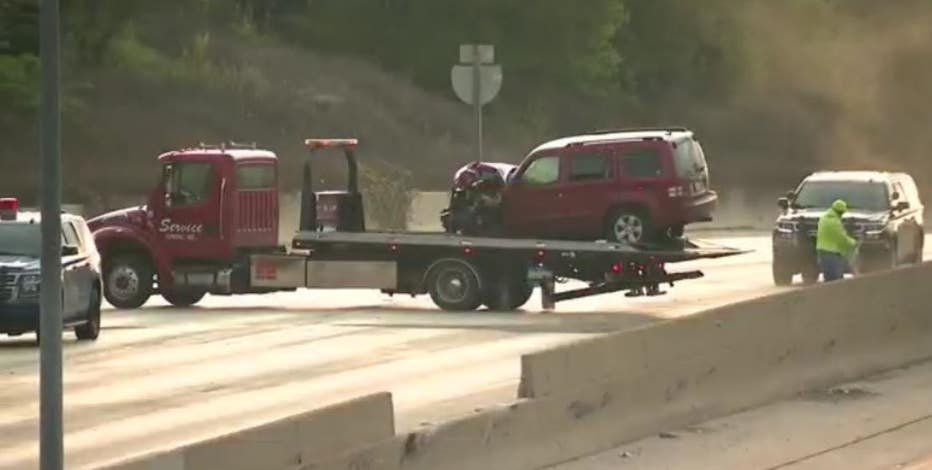Metro Detroit freeways getting wrong-way driver detection
ROYAL OAK, Mich. (FOX 2) - Jack Lovchuk was driving on a freeway a few years back when he slipped on a patch of black ice.
The mishap happened on a divided freeway and after he spun out a few times, he was unsure which direction he was facing. He drove very cautiously after that amid fears he would hit oncoming traffic.
Between accidents like Lovchuk's and drunk drivers, those traveling the wrong way on the highway brings sometimes fatal consequences. But new technology coming to highways in metro Detroit freeways are hoping to change that.
"If we can alert drivers that they’re going the wrong direction, yes, it will save lives," said Lovchuk.
Both directions of I-696 at Woodward, southbound lanes of I-375 at Larned, Monroe, and Madison, southbound lanes of Mack, and Warren, as well as one northbound direction on I-75 at Mack will make up the initial places where wrong-way driving detection systems are being installed in Wayne and Oakland counties.
Led by the Michigan Department of Transportation, they'll be in place by the end of the year while some are already being installed.
The tech will include cameras detecting drivers getting on to the highways the wrong way and will flash bright lights to alert them. The lights will continue to flash until the driver turns around or is out of range.
"It’s overdue," said retired Detroit Police Asst. Chief Steve Dolunt. "Of course you are going to have some people saying well they have a right to privacy. Well, I have a right to feel safe."
In one tragic incident, a Farmington Hills couple was killed by a wrong-way driver running from state police in a stolen car earlier this year. They left behind six kids.
Similar technology has also been added to freeway ramps along US-131 in the Grand Rapids area. MDOT said the measures have stopped potential wrong way drivers on that road.


